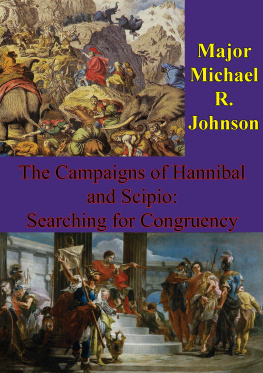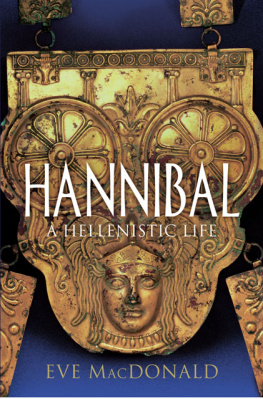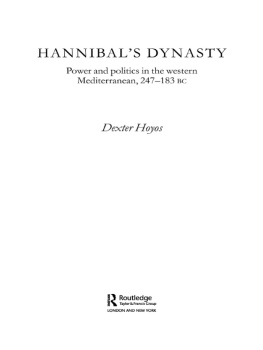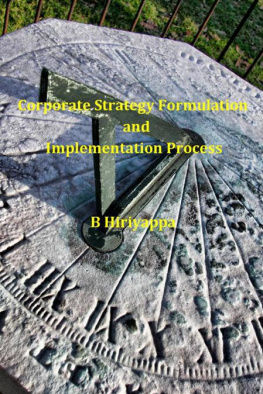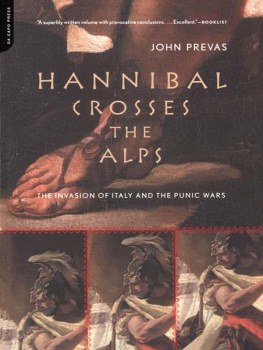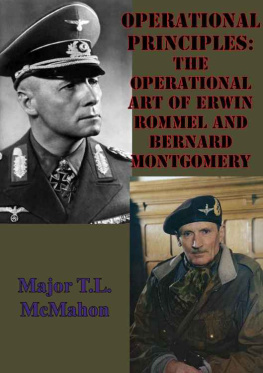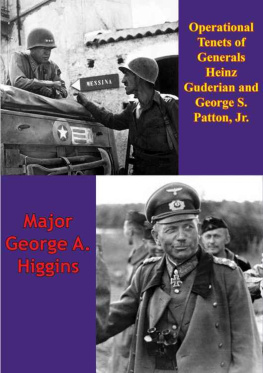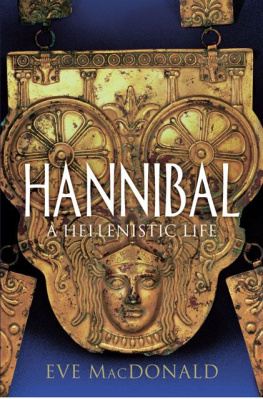

This edition is published by PICKLE PARTNERS PUBLISHINGwww.picklepartnerspublishing.com
To join our mailing list for new titles or for issues with our books picklepublishing@gmail.com
Or on Facebook
Text originally published in 1997 under the same title.
Pickle Partners Publishing 2014, all rights reserved. No part of this publication may be reproduced, stored in a retrieval system or transmitted by any means, electrical, mechanical or otherwise without the written permission of the copyright holder.
Publishers Note
Although in most cases we have retained the Authors original spelling and grammar to authentically reproduce the work of the Author and the original intent of such material, some additional notes and clarifications have been added for the modern readers benefit.
We have also made every effort to include all maps and illustrations of the original edition the limitations of formatting do not allow of including larger maps, we will upload as many of these maps as possible.
THE CAMPAIGNS OF HANNIBAL AND SCIPIO: SEARCHING FOR CONGRUENCY
by
Maj. Michael R. Johnson
TABLE OF CONTENTS
Contents
ACKNOWLEDGMENTS
I want to thank my Faculty Research Advisor, Major Mike Fiedler, for allowing me to indulge myself in a subject that truly interests me. He provided the inspiration that rekindled my interest in historical analysis. He has, as the saying goes, opened a can of worms this time. Fortunately for me, his love of history will keep him awake as he sifts through endless revisions of this paper looking for a pearl among the dross.
ABSTRACT
This paper analyzes the Second Punic War using the Contextual and Operational Elements found in the Campaign Planning Model to determine how Rome and Carthage conducted the war, and whether they maintained congruency as each respective country pursued their national objective. It examines how they selected their grand strategy, and how that strategy was interpreted and executed at the operational and tactical levels. The model highlights flaws in Carthages formulation and application of its grand strategy which, combined with the lack of strategic insight at the operational level, kept them from satisfying their objectives. This paper also shows that Romes formulation and execution of its grand strategy, even with several interim changes in operational strategy, flawlessly applied the tenets of the Campaign Planning Model and enabled Rome to always keep its strategic perspective firmly in view to secure eventual victory. This paper also recommends further study of Romes operational strategy, in particular the campaign of its commanding general, Publius Cornelius Scipio. Scipios campaign provides excellent examples of the principles of surprise and concentration, and demonstrates how innovation and mobility can produce an indirect strategy that can not only defeat a larger enemy, but also maintain flawless congruency with strategic objectives. Scipio provides an outstanding study in military genius, indirect strategy application, innovation, and statesmanship. He most closely embodies the soldier-statesman needed in modern coalition warfare.
CHAPTER 1 INTRODUCTION AND BACKGROUND
You know, Hannibal, how to win a fight; you do not know how to use your victory. Marhabal
Hannibals victory at Cannae has been viewed throughout history as the perfect example of the principle of annihilation. Military planners in modern times have elevated Cannae to an almost mythical status in terms of successful battlefield strategy. Germanys Schlieffen plan to execute the invasion of France in World War I was modeled after the classic double envelopment designed by Hannibal in defeating the Romans in 216 B.C. Rommels victory in Northern Africa over allied armor at Tobruk during World War II used the same vision of Cannae used by Hannibal. Despite its universal promise of a quick, complete victory, the glaring similarity between each of these operations is that they led to the defeat of the armies that employed them. None fully understood the political nature of war or the strategic implications resulting from force-on-force engagements. They didnt visualize how the result of these battles would break congruence with established strategic objectives and diminish the chances of a victorious end-state.
Significance of Problem
History provides valuable lessons in the application of warvaluable strategies, operational tactics, and classic leadership. But if history teaches anything, it teaches change. Just as no historical analysis can be undertaken without a thorough understanding of the context of its time, likewise an historical analysis must be viewed in light of current realities and conditions prior to its adoption. In a world of nation-states, collective security pacts, and alliances, the decisive battle of annihilation can bring devastating political, economic and military recriminations to its prosecutors. This applies as equally today as it did during the Second Punic War. This paper will endeavor to reaffirm the importance of maintaining congruence between political grand strategy and the operational interpretation and application of that strategy, and the consequences of failing to clearly sustain that link.
Preview of Argument
When an operational strategy is applied without fully considering the strategic implications of its outcome, the chances for ultimate victory are limited. Hannibals lack of strategic insight during the conduct of his campaign led to his battles of annihilation, broken treaties, and disregard for sovereignty. It lost him valuable allies and eventually spelled the defeat of Carthage during the Second Punic War. This paper will examine how the grand strategies of Carthage and Rome were interpreted and transformed into operational campaigns by their field commanders. Next, the campaigns of Hannibal and Scipio will be analyzed from a strategic perspective to see who better established congruence with the grand strategies of their respective nations. Lastly, this paper will demonstrate that the Roman general Scipio stands out as a better role model for the modern coalition warfightera military soldier/statesman who combined timeless principles of warfare to achieve remarkable operational success while maintaining congruency with grand strategy and international political realities.
Contextual/Operational Elements
The campaigns of Hannibal and Scipio can be illustratively described by using the Campaign Planning Model. This model examines campaign planning as an integrated process beginning with strategic objectives and carrying them through to fulfill the nations desired economic, political and military end state. The process breaks down strategic objectives into military objectives using six contextual elements of campaign planning: politics, international relationships, sociocultural norms, economics, leadership, and environment. In turn, these military objectives are broken down into successful operational campaigns through a center of gravity analysis, and their further iteration into a practical tactical attack plan using six operational art elements: logistics, technology, information, targeting science, deception, and measurements of success. By identifying the critical links between strategy, operations, and tactics, it can easily be determined whether congruence was achieved by either Rome or Carthage.
Congruency
Congruence is defined as conformance, or agreement; coinciding exactly when superimposed. For the purpose of this paper, congruency is the successful interpretation, translation, and application of political grand strategy into military strategy. Once military strategy is developed, congruence is the further iteration of strategy into operational campaign planning, and another iteration into tactical battle planning. Congruence, or the successful interpretation of higher-level direction, most often produces the desired political end state, but it is in no way a guarantee of victory.
Next page
